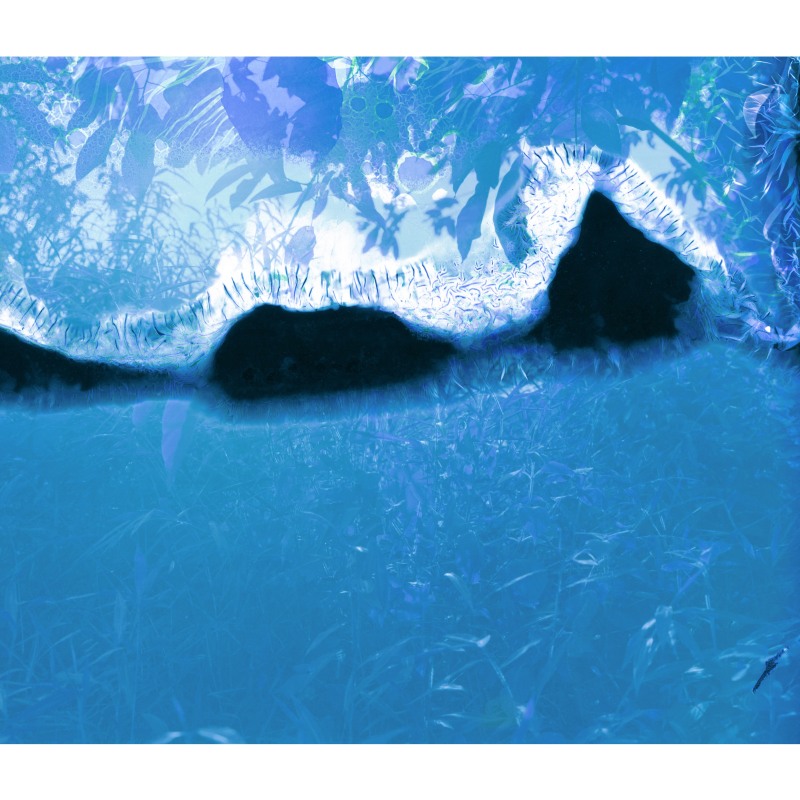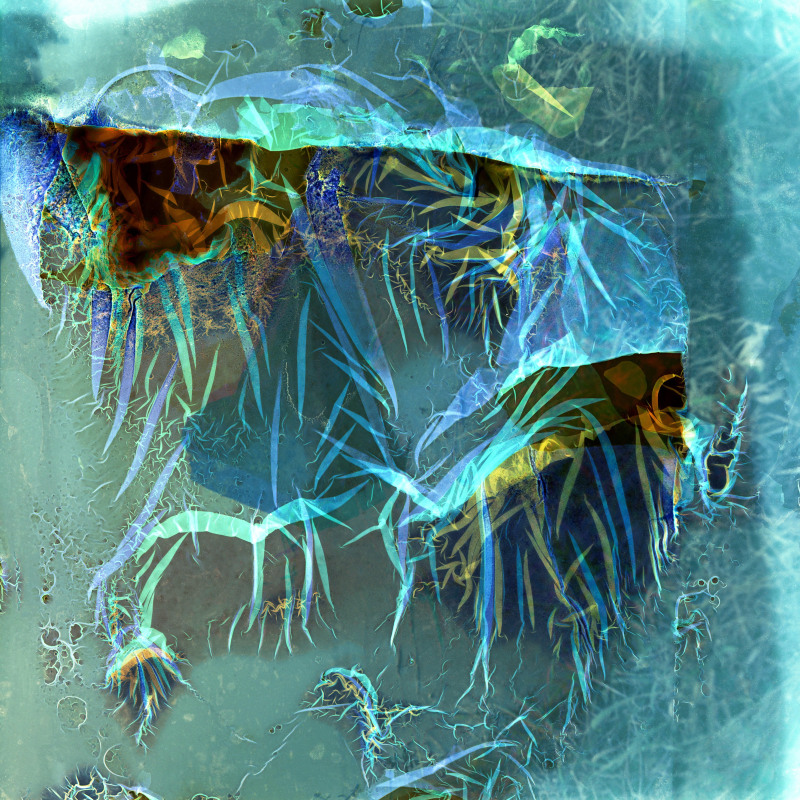Wu Yuhang
FRAGMENTARY
Do They Hurt? Film Negatives and Photographic Paper.
Wu Yuhang's creative process has always been marked by patience. Several small projects, honed over the course of several years, have finally culminated in this exhibition. He consistently starts from his own experiences, infusing his emotions, memories and reflections (or perhaps compressing, suppressing?) into vibrant yet serene images, and then he remains silent.
The images crafted by Wu Yuhang provide breathing space that is not cramped for the audience, yet an underlying sense of suffocation is hard to erase when viewing them. This sense of suffocation isn't solely attributed to the potential, “suppressed” personal history of the artist. It may also reflect the various processes he attempts to undergo for the sake of rediscovering the freedom to breathe – (re)connecting and detaching, filled with pain and phases of healing, all before the relatively positive conclusion. These processes, and the resulting visual “works” appear as new layers of protective shells wrapped around wounds. They seem to guide us, the viewers, to immerse ourselves in the sealed pain within these shells. It's as if we share the suffocation experienced with the wounds themselves. It feels as though we need to pierce or peel back this layer of protection ourselves, to grant the wounds room to breathe. Does this imply that the audience might have positioned themselves opposite Wu Yuhang, traversing his own process of healing to explore the source of the pain and attempt to release it to satisfy their own curiosity?
As the audience pierces and peels away in this manner, do the images hurt?
Without attempting to guess Wu Yuhang’s attitude toward this “risk”, let’s return to the two actions at the heart of his process: (re)connecting and detaching. They can certainly be symbolic and apply to many discussions of trauma and healing, associated with subjects like “memory”, “pain” and “aftermath”. In Wu Yuhang's works, however, they also carry a literal meaning.
From the description of the work Fragmentary, we can grasp one approach to artistic creation: reproducing the logic, methods or materials involved in past experiences with new objects (materials). Here, Wu Yuhang’s transfer or duplication of body sensation can be interpreted as two passive actions: the herbal extract he used in the past for self-treatment is applied to light-sensitive materials that are about to be destroyed or removed. In this creative process, does the mild and non-aggressive (can it be equated with “passive”?) Wu Yuhang view film negatives and photographic paper as substitutes for himself? Does the removal and application involved in the process imply that Wu Yuhang takes on a transitional role comprising two stages? – He transforms from the shadow of the one who once caused his pain into the later helper or savior.
Substitution and transplantation are surgery. Restoration is hope and result. What about forgetting? Perhaps there’s no room for forgetting. Because the new skin continually reminds us of the existence of “change” – things that must constantly be brought up by Wu Yuhang in his remaking, thus reproduced and then altered again in the process of creation.
With each successive “remaking” of the past, with each unique deviation from the norm in image creation, the question arises: do film negatives and photographic paper hurt?
If we consider standardized light-sensitive materials and the conventional images they produce as “whole”, then Wu Yuhang’s “alienation” of them while healing himself, indeed, at the visual level, provides an entrance for external viewers to perceive (rather than understand) the concept of “incompleteness”. However, these incomplete elements can also be beautiful. They attract the viewer’s gaze and don’t push them away with their heterogeneity – Individuals with some art viewing experience won’t find these images entirely unacceptable. On the contrary, they are often initially appreciated as “aesthetic abstractions”. So, when these images hang on the walls of commercial spaces and cozy private homes, do viewers and collectors remember Wu Yuhang’s wandering hands and the moving skin caused by the peeled light-sensitive materials? How much will they realize and to what extent will they address their relationship with the scars of these photosensitive materials? – These beautiful scars, which have lost their “supposed” and “conventional” functions and forms. Or conversely, at which point when Wu Yuhang’s scars, which he created and healed simultaneously, reach the audience will truly disappear?
I don’t wish for Wu Yuhang to ultimately disappear within these works, devoured by the brilliant image “works”. It is through the process carried out by Wu Yuhang that we can see the results. The significance of these results lies precisely in their ability to reverse back to the process, forcing us to pay attention to the (once existing) process. Even if the process here is forever invisible, its peculiarity lies in its distinction from the invisibility of the “normal” camera imaging process (which is tacitly acknowledged, convenient and instinctive). It is somewhat poignant, even can be said that it has to be concealed because there is nowhere to place it.
Compared to standardized industrial light-sensitive materials, “fragmentary” is the norm for works, life and personal history. Wu Yuhang’s works make us realize the invisible that causes incompleteness, acknowledge incompleteness, understand that we can explore many details within the works, and admit our lack of understanding of these details. Also, his works make us aware that we are attracted to these new-born images full of fresh scars, acknowledge that we are attracted by Wu Yuhang, who is similar to these images, and acknowledge the sense of distance that follows attraction.
“At the moment when the expatriate leaves the homeland, their counterpart returns to the wilderness. The homeland-returning ones trace their life's belonging in the wilderness, in the vast, desolate land. Eventually, they (the homeland-returning ones and their counterpart) meet briefly and continue drifting.” says Wu Yuhang.
Before Wu Yuhang’s works, in front of the flowing Wu Yuhang, I always feel a distance. In Wu Yuhang‘s cultivated forest, I feel the breath that has been suppressed for so long. However, it’s never my own breath, it’s a breath I find difficult to empathize with. So, I always stand or sit opposite them and him, somewhat respectfully.
Text By He Bo
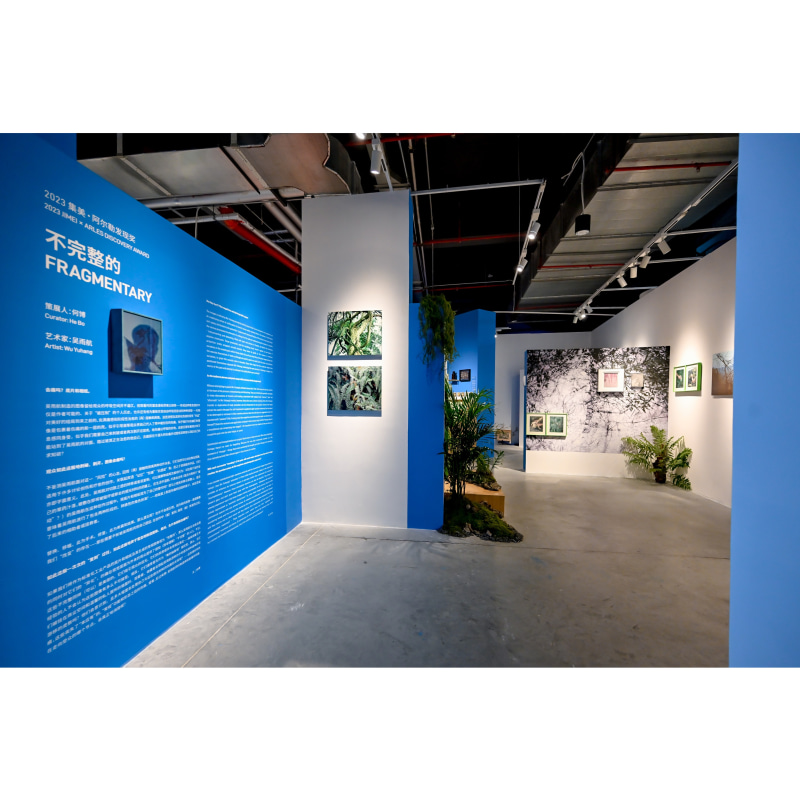
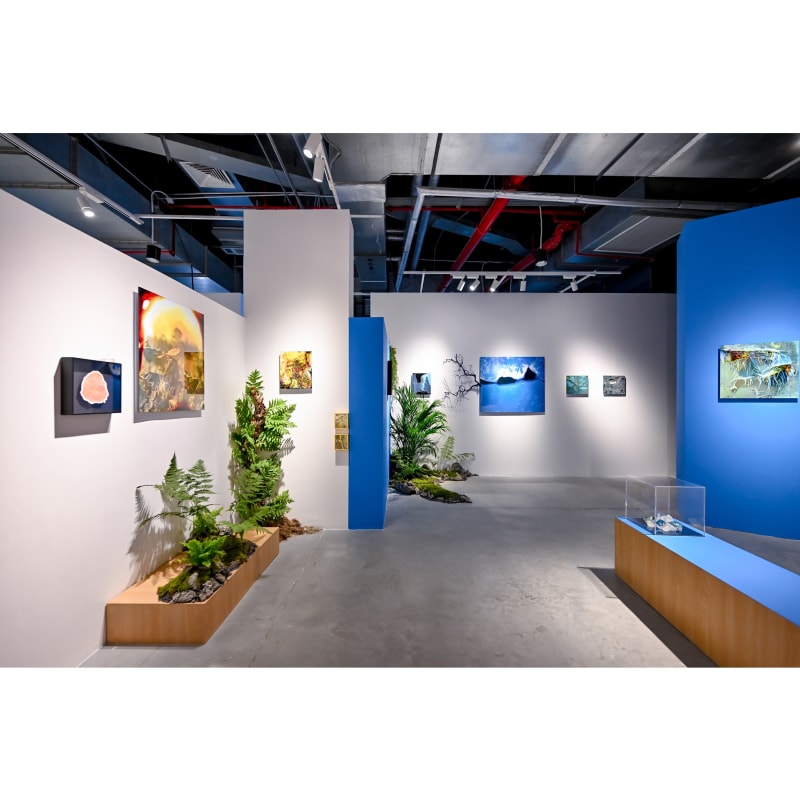

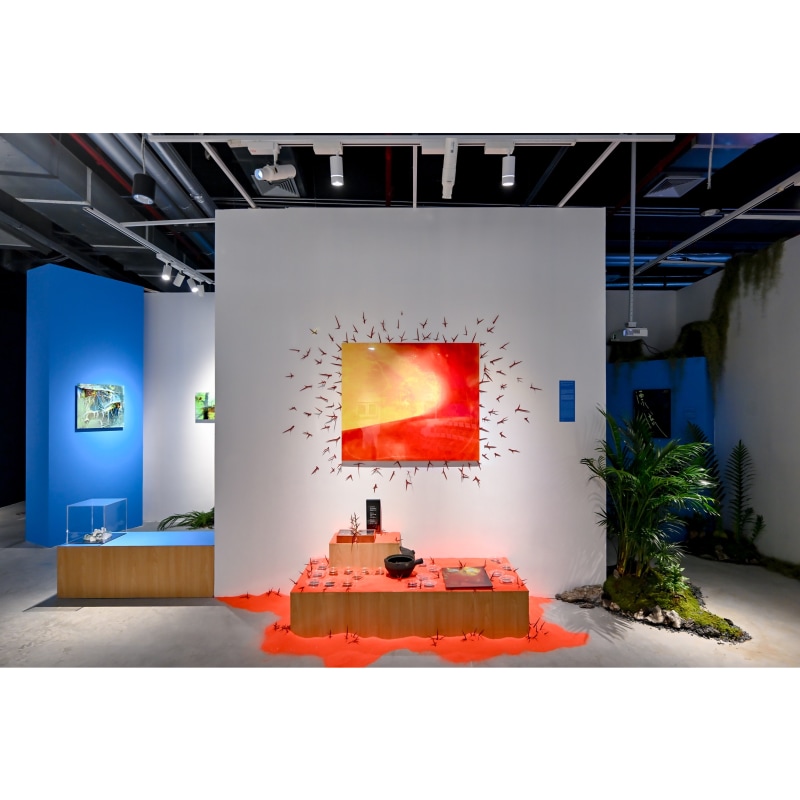
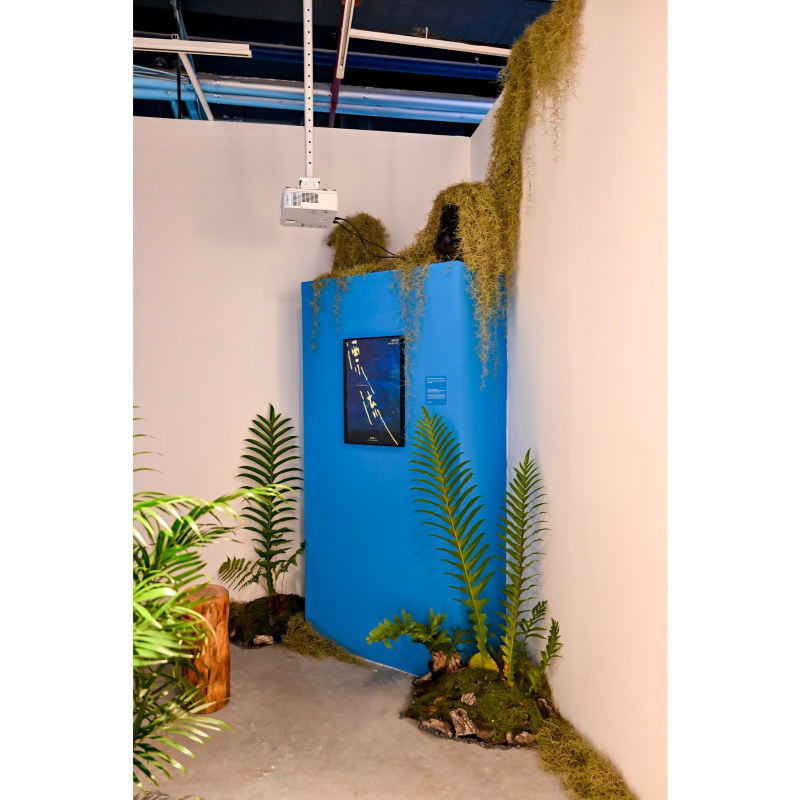
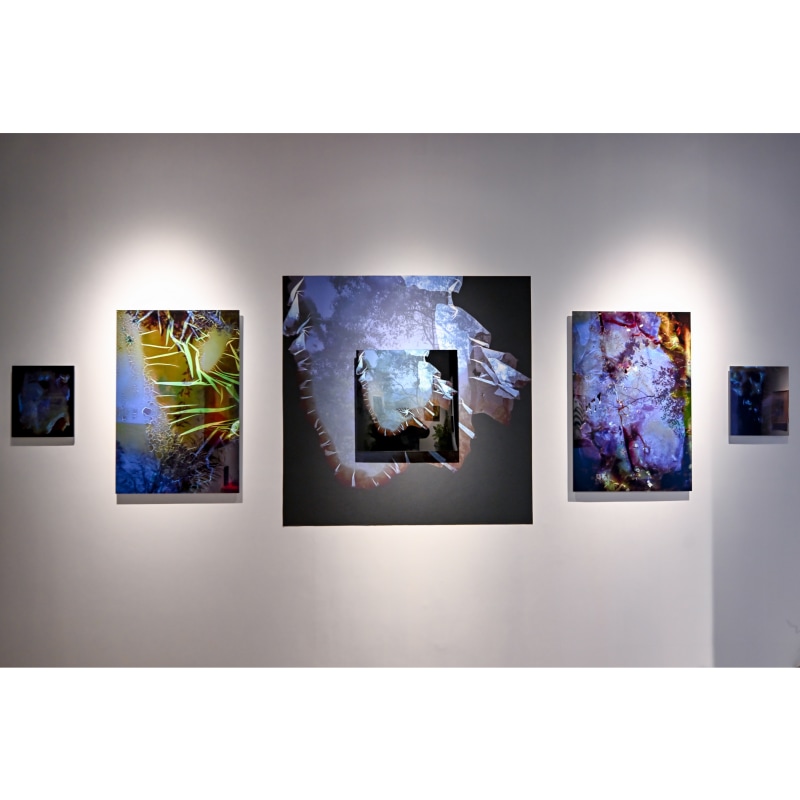

 Portrait of Wu Yuhang
Portrait of Wu Yuhang Portrait of He Bo
Portrait of He Bo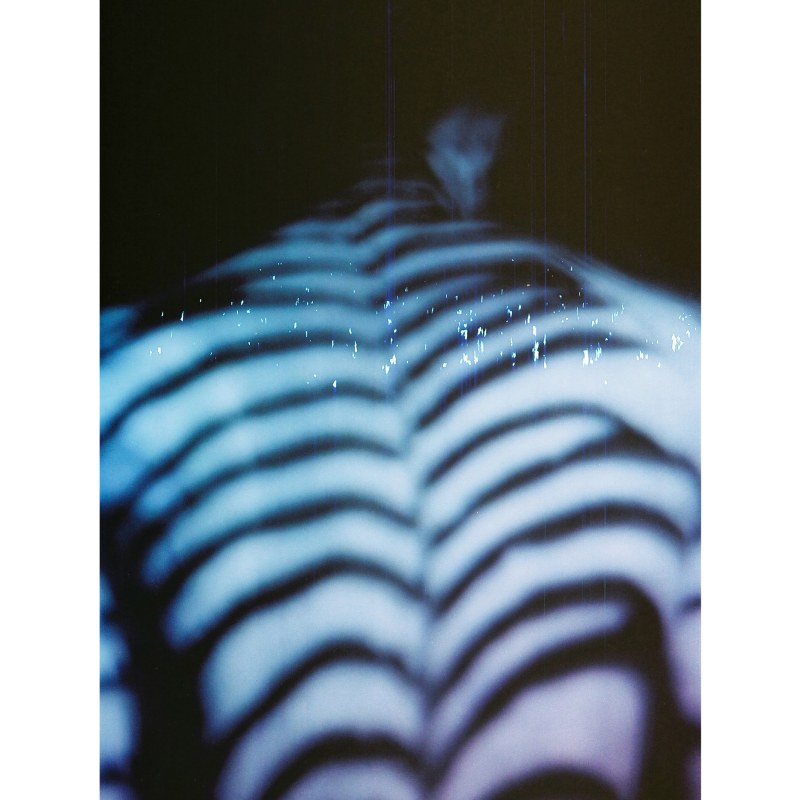 Wu Yuhang, "Fragmentary #No.1", 2018-2023. Giclee print, 60cm x 45 cm. Courtesy of the artist.
Wu Yuhang, "Fragmentary #No.1", 2018-2023. Giclee print, 60cm x 45 cm. Courtesy of the artist.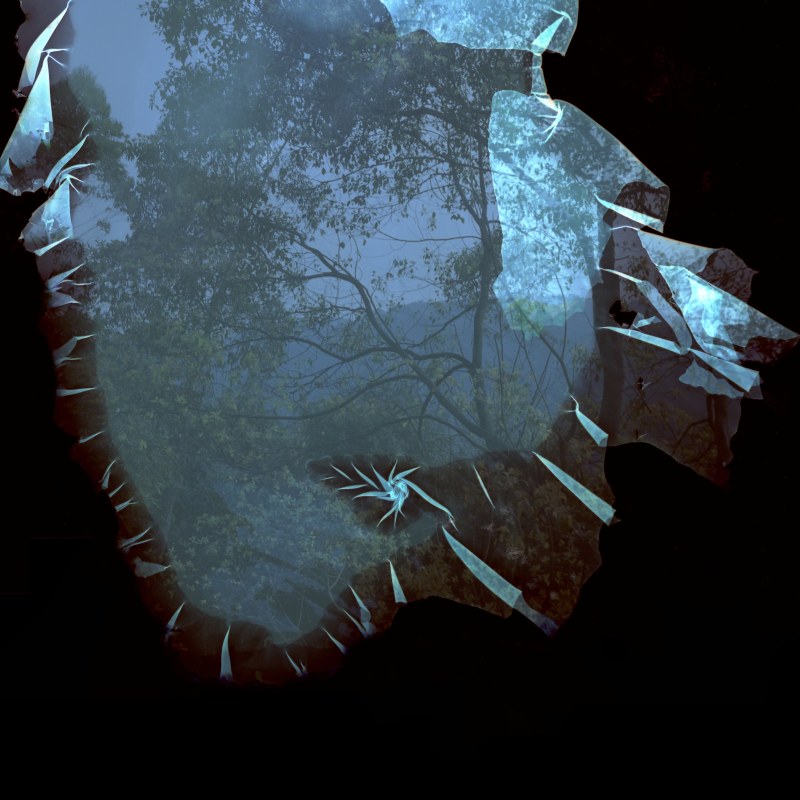 Wu Yuhang, "Fragmentary #No.2", 2018-2023. Giclee print, 50cm x 50 cm. Courtesy of the artist.
Wu Yuhang, "Fragmentary #No.2", 2018-2023. Giclee print, 50cm x 50 cm. Courtesy of the artist.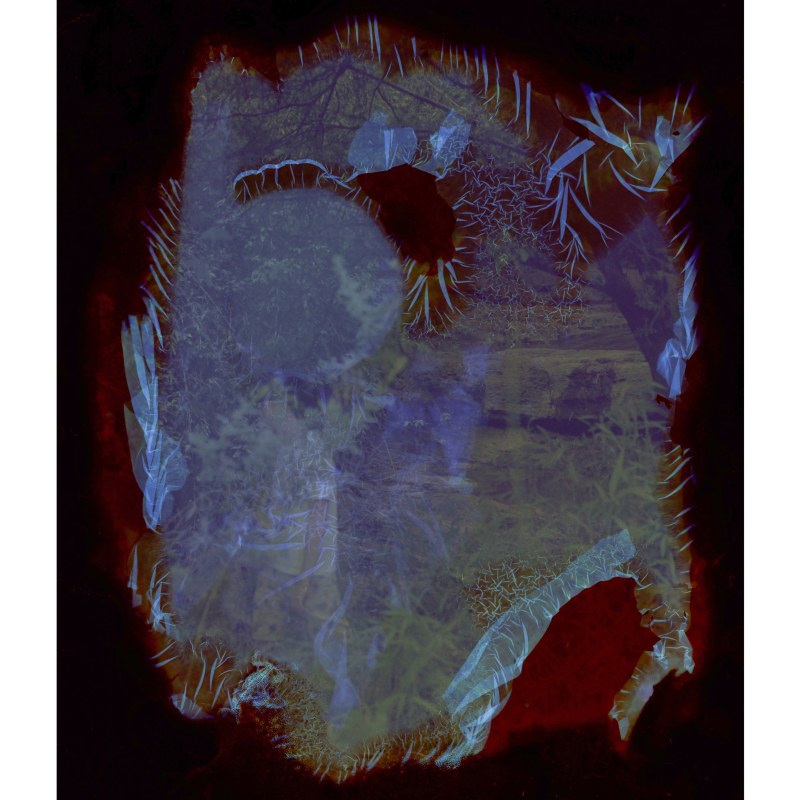 Wu Yuhang, "Fragmentary #No.12", 2018-2023. Giclee print, 35cm x 30cm. Courtesy of the artist.
Wu Yuhang, "Fragmentary #No.12", 2018-2023. Giclee print, 35cm x 30cm. Courtesy of the artist.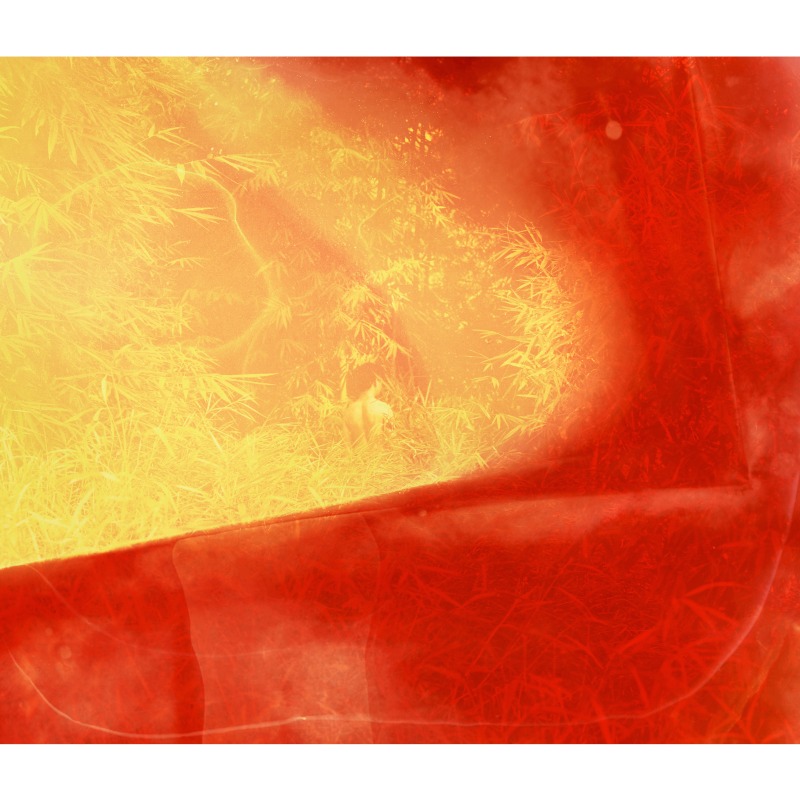 Wu Yuhang, "Fragmentary #No.3", 2018-2023. Giclee print, 90cm x 105cm. Courtesy of the artist.
Wu Yuhang, "Fragmentary #No.3", 2018-2023. Giclee print, 90cm x 105cm. Courtesy of the artist.